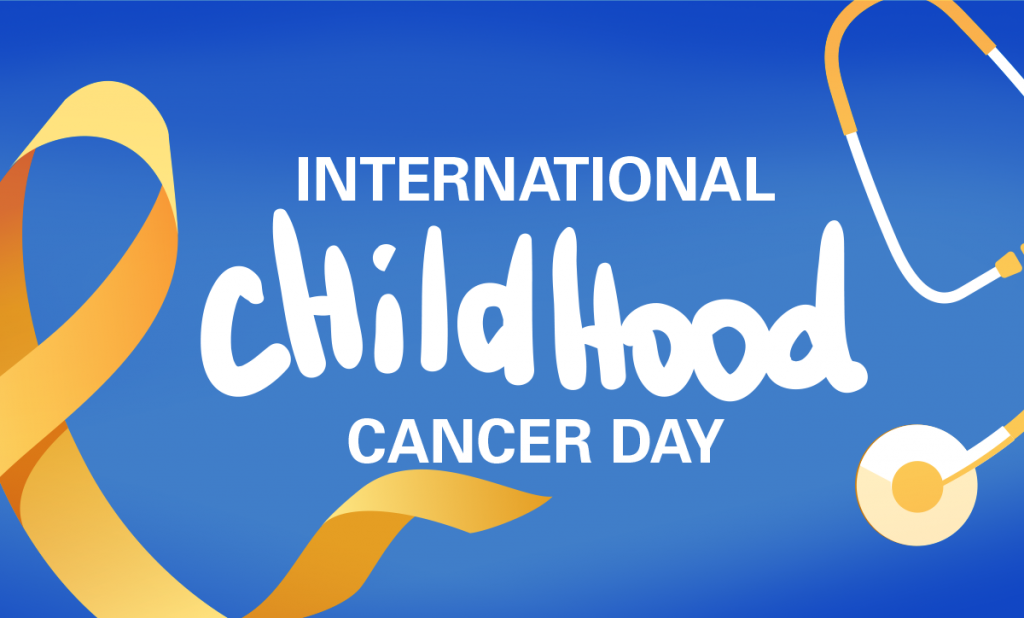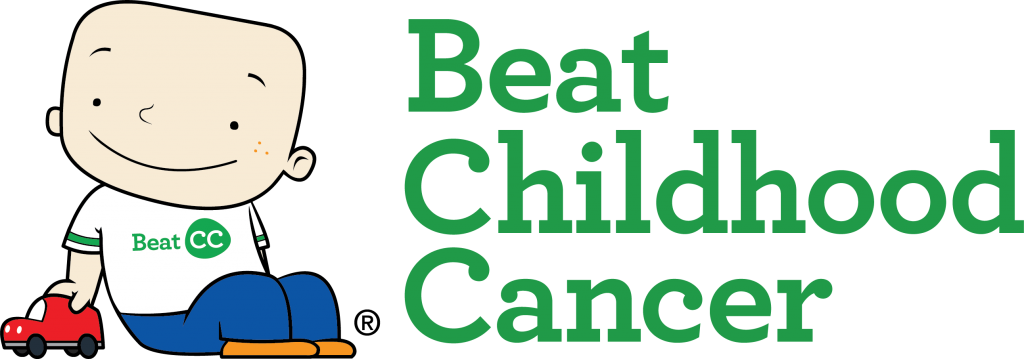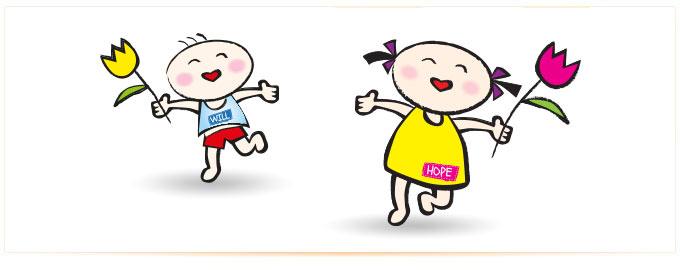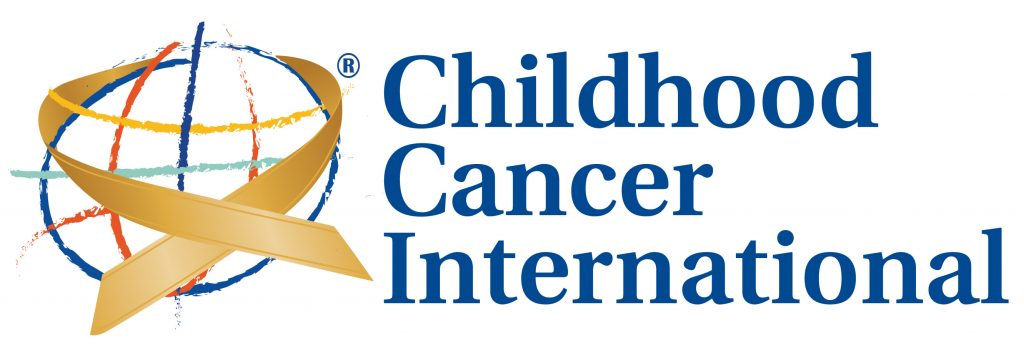Introduction to Childhood Cancer

Cancer is a general term given to diseases caused by the uncontrolled growth of abnormal cells. Awareness of and attention to adult cancer has grown but lesser attention and awareness is given to childhood cancer. 15th February is the date where International Childhood Cancer Day is celebrated in order to raise awareness and to extend our support for children and adolescents with cancer, survivors, and their families. It is estimated that childhood cancer has an incidence of more than 175,000 per year and a mortality rate of approximately 20% of cases. In poor nations, the mortality rate is of 90%. Though in developed countries, the rate is decreasing, it is alarming that developing nations are lagging behind in the fight against childhood cancer.
Causes of Cancer
The causes of childhood cancer are largely unknown and the cancers that children get generally are not preventable. There’s a small number of childhood cancers that can be related to Down’s syndrome, or other chromosomal abnormalities.
Cancers that are developed in Children

Unlike adult cancers, childhood cancers are not linked to lifestyle choices or environmental exposure. There are no screening mechanisms to enable early detection in children. Childhood cancer is not detected or diagnosed until it begins causing noticeable symptoms. The most common cancers among children are:
- Leukemia – Affecting more than 30% of children, leukemia involves cancers of the bone marrow and blood. There are two types of leukemia, namely acute lymphocytic leukemia and acute myelogenous leukemia. Both can grow quickly and require immediate treatment. Leukemia causes bone and joint pain, fatigue, weakness, pale skin, bleeding or bruising, fever, weight loss, and other symptoms.
- Brain and central nervous system tumors – Brain tumors make up about a quarter of all childhood cancers. There are different types of brain tumors, classified by where the tumor started, such as gliomas, astrocytomas, and primitive neuroectodermal tumors. Most brain tumors start in the lower parts of the brain such as the cerebellum or brain stem. It can result in headaches, nausea, vomiting, blurred or double vision, dizziness, seizures, trouble walking or handling objects, and other symptoms. Spinal cord tumors are less common in both adults and children. The treatment and prognosis depend heavily on the exact type and location of the tumor.
- Lymphoma – Usually begin in the immune system, it is likely to be found the lymph nodes, tonsils, thymus, or spleen. Hodgkin lymphoma accounts for 3% of childhood cancer and it is most common among young adults. Non-Hodgkin lymphoma affects around 5% of childhood cancers. It occurs in younger children but rarely in children under 3. Non-Hodgkin lymphoma grows quickly and requires intensive treatment. Kids are better respondents to treatment than most non-Hodgkin lymphomas in adults.
- Neuroblastoma – This starts in the early forms of the nerve cells found in a developing embryo or fetus. Around 6% of childhood cancers are neuroblastoma. This cancer develops in infants and young children. It is rarely found in children older than 10. The tumor can generate from anywhere but usually, it does start in the belly. It can be detected by a swollen belly and feverish and bone pain. It is also known as Wilms tumor.
- Rhabdomyosarcoma – This cancer involves the muscle tissue and can start nearly any place in the body, including the neck, head, groin, abdomen, pelvis, arm or leg. Children are more commonly affected by this disease. Rhabdomyosarcoma spreads creating new lesions in the lymph nodes, bone, bone marrow, or lung. There are two main types of pediatric rhabdomyosarcoma – Alveolar and embryonal rhabdomyosarcoma. The first one is a rarer form and is more likely seen in teenagers and involve large muscles of the trunk, arms, and legs. As for the second, this is often seen infants and young children and occurs most commonly in the head and the neck, bladder, prostate, testicles, and vagina.
- Retinoblastoma – This is a cancer of the eye and accounts for about 2% of childhood cancers. It is usually found in children around 2 years old and is rarely found in children older than 6. Retinoblastomas are usually found because a parent or doctor notices a child’s eyes looks unusual. It is detected by shining a light in a child’s eye, the pupil looks red because of the blood in vessels in the back of the eye. The pupil often looks white or pink when there is retinoblastoma. The white glare of the eye may be noticed after a flash picture is taken.
- Bone cancers – This starts in the bones (primary bone cancer) occur mostly in older children and teens, but they can develop at any age. Bone cancers affect about 3% of childhood cancers. There two main types of primary bone cancers in children. They are Osteosarcoma and Ewing sarcoma. Osteosarcoma is most common in teens and develops in areas where the bones grow quickly. It often causes bone pain to get worse at night or with any activity. It can also cause swelling in the area around the bone. Ewing sarcoma is a rare common type of bone cancer. Bone pain and swelling are the main effects. The most common affected places are the pelvic (hip) bones, the chest wall or in the middle of the long leg bones.

Conclusion
Cancers of childhood are more curable than adult tumors. While the survival rate among adults is decreasing, the rate for pediatric cancer is increasing alarmingly.



